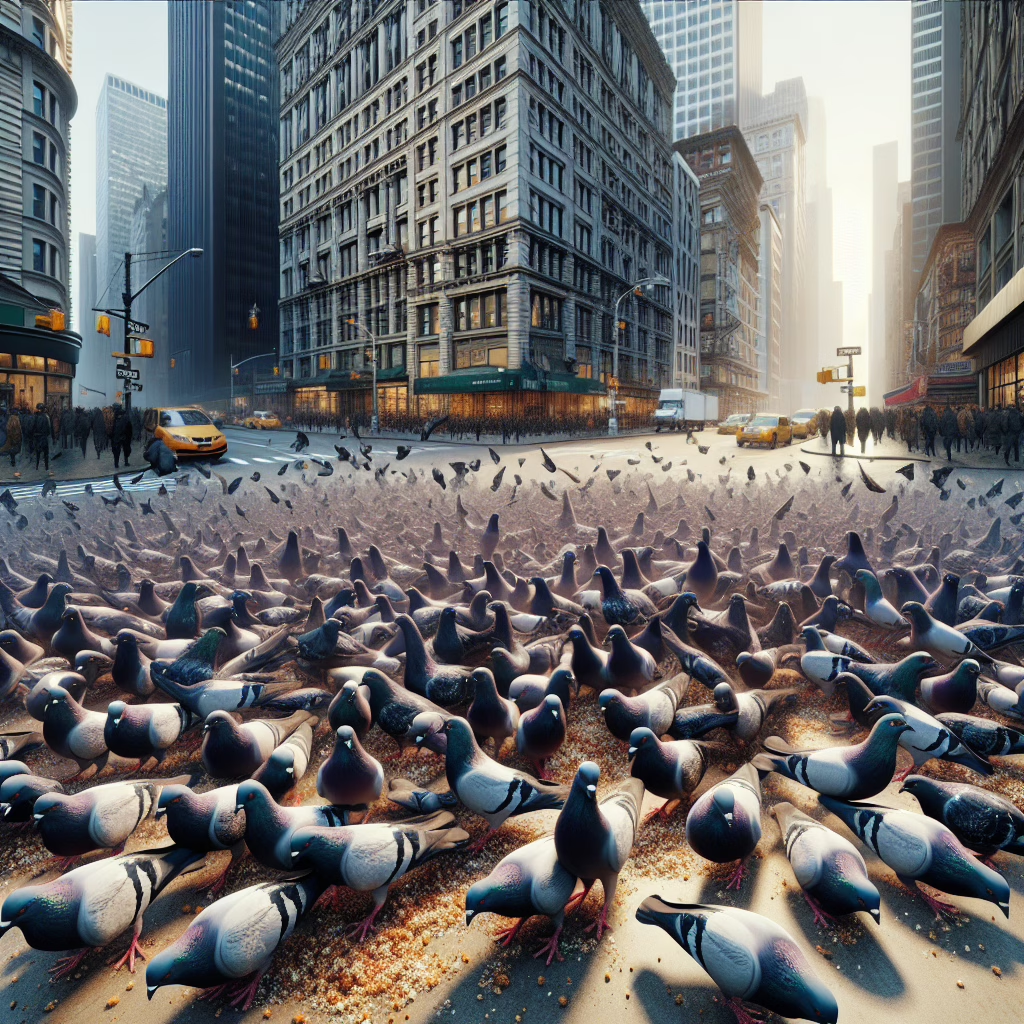When you think of pigeons, you might picture a flock of feathered friends cooing on a city street corner, but what if I told you these seemingly simple creatures hold the key to unlocking the secrets of complexity theory? Yes, you heard that right! This blog post will explore how our fine-feathered friends are more than just urban nuisances; they are, in fact, the unsung heroes of mathematical conundrums.
Pigeons: The Unsung Heroes of Complexity
In the world of mathematics and computer science, complexity theory examines the intricacies of problem-solving. It’s a bit like trying to untangle your headphones after they’ve been in your pocket too long—frustrating and seemingly impossible! However, researchers have discovered that by observing how pigeons solve problems, we can gain valuable insights into these complex theories.
So how do pigeons factor into this? Allow me to paint you a picture (no pun intended). Pigeons have been observed demonstrating remarkable decision-making abilities that can rival those of humans. Studies show they can learn to navigate complex environments and make choices based on past experiences. Just imagine a pigeon strutting through a park, confidently picking the best path to find crumbs—now that’s what I call ‘pigeon power.’
The Mathematical Flight Path
Let’s dive into the nuts and bolts (or feathers and seeds) of this fascinating relationship. In complexity theory, researchers often study algorithms to understand how different systems respond to changes. Pigeons, with their knack for navigation and pattern recognition, serve as excellent models for these algorithms.
For instance, when faced with multiple feeding options, pigeons weigh their choices based on previous outcomes. If a specific route led them to a banquet of breadcrumbs before, you can bet they’ll take that route again! This behavior mirrors algorithms that optimize decision-making processes by learning from past results—a hallmark of complexity theory.
Their ability to adapt and learn from their surroundings showcases how simple organisms can exhibit complex behaviors. Here’s where it gets even more interesting: studying these avian algorithms helps researchers develop better models for everything from network traffic management to predicting stock market trends!
Pigeons: The Algorithms of Nature
Now, let’s talk about those moments when our feathery friends put their problem-solving skills on full display. Researchers have set up experiments where pigeons must choose between different colored buttons to receive food rewards. The results? Pigeons often demonstrate an astonishing ability to solve these problems efficiently—often outperforming their human counterparts!
This isn’t just about food; it’s about understanding the underlying principles of choice and decision-making in complex systems. Pigeons remind us that sometimes the simplest solutions come from the most unexpected places. Who knew birdwatching could double as an exploration of complexity theory? Talk about multitasking!
What Can We Learn from Our Pigeon Friends?
The lessons we glean from studying pigeons extend beyond mere mathematical musings. By understanding how these birds navigate challenges, we can apply similar strategies in our daily lives. For example:
- Adaptability: Like pigeons adapting their routes for optimal food finds, we too can adjust our plans based on past experiences.
- Decision-Making: When faced with choices, consider your previous outcomes. Just like our feathered friends, let history guide your decisions!
- Simplicity is Key: Complexity doesn’t always require convoluted solutions. Sometimes the answer is as straightforward as following a well-trodden path.
Pigeons may not be the first creatures that come to mind when discussing complexity theory, but perhaps they should be! Their behaviors provide valuable insights into decision-making processes that can benefit us all.
In Conclusion: Let’s Hear Your Thoughts!
Pigeons might seem like everyday birds waddling around looking for breadcrumbs, but their contributions to our understanding of complexity theory are anything but ordinary! Next time you see one strutting down the street, remember: they’re not just looking for lunch; they’re paving the way for scientific breakthroughs!
If you have thoughts or experiences related to these intelligent birds or want to share your insights on complexity theory, feel free to chirp in below! We’d love to hear your ideas!
A special thanks to the original article from Wired for inspiring this piece! You can check it out here.

